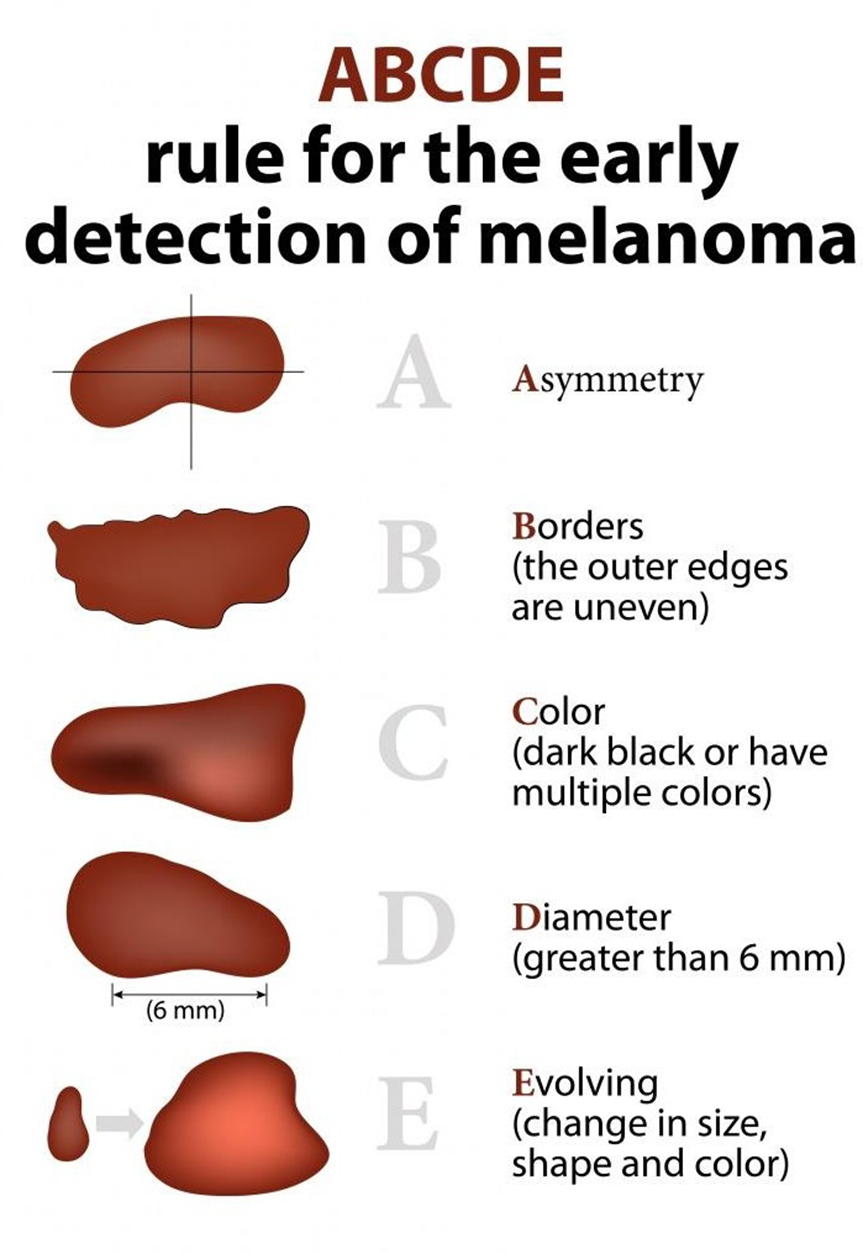A nurse is preparing to administer vancomycin to a client who has an infected wound. The nurse should plan to monitor for which of the following adverse reactions?
Hepatotoxicity
Ototoxicity
Hypercalcemia
Hypertension
The Correct Answer is B
A. Vancomycin is not typically associated with hepatotoxicity.
B. Ototoxicity, which can manifest as hearing loss or tinnitus, is a potential adverse reaction of vancomycin therapy, especially with prolonged or high-dose therapy. Monitoring for signs of hearing impairment is essential.
C. Hypercalcemia is not a common adverse reaction associated with vancomycin therapy.
D. Hypertension is not a common adverse reaction associated with vancomycin therapy.
Nursing Test Bank
Naxlex Comprehensive Predictor Exams
Related Questions
Correct Answer is A
Explanation
A.
A. Asymmetric lesions with variegated (multiple) colors are characteristic features of melanoma, a type of skin cancer. Asymmetry means one half of the lesion does not match the other half in size, shape, or color.
B. Scaly and red lesions may indicate other skin conditions such as eczema or psoriasis but are not specific to skin cancer.
C. Brown lesions with a wart-like texture may indicate seborrheic keratosis, a benign skin growth, rather than skin cancer.
D. Firm and rubbery lesions may indicate benign skin tumors such as fibromas or lipomas, rather than skin cancer.

Correct Answer is B
Explanation
A. Cannabis withdrawal typically presents with symptoms such as irritability, anxiety, insomnia, decreased appetite, and physical discomfort, but not constricted pupils, delayed reflexes, and decreased blood pressure.
B. Opioid intoxication can cause constricted pupils (miosis), delayed reflexes, and decreased blood pressure, among other symptoms such as respiratory depression, drowsiness, and altered mental status.
C. Amphetamine intoxication typically presents with symptoms such as dilated pupils, increased blood pressure, tachycardia, agitation, and hallucinations, but not constricted pupils, delayed reflexes, and decreased blood pressure.
D. Alcohol withdrawal typically presents with symptoms such as tremors, anxiety, agitation, hallucinations, increased heart rate and blood pressure, but not constricted pupils, delayed reflexes, and decreased blood pressure.
Whether you are a student looking to ace your exams or a practicing nurse seeking to enhance your expertise , our nursing education contents will empower you with the confidence and competence to make a difference in the lives of patients and become a respected leader in the healthcare field.
Visit Naxlex, invest in your future and unlock endless possibilities with our unparalleled nursing education contents today
Report Wrong Answer on the Current Question
Do you disagree with the answer? If yes, what is your expected answer? Explain.
Kindly be descriptive with the issue you are facing.
